Move over pool and darts… there’s a new bar game in town, and this one involves less movement and effort than those other activities. You can even play it with a beer in one hand.
The craze goes by the name of shuffleboard.
Although the game is still relatively new to Australian shores, it has been popular in the US and Canada since the 1950s. The current incarnation of shuffleboard involves players sliding ‘pucks’ across a wooden board, accruing points depending on where they land. It might be best described as a tabletop version of lawn bowls – it takes similar skill and patience, but is played at a faster pace.
The sport’s full history dates back as far as the 16th century. Back then, the game was known as ‘shovelboard’ and was popularised by Tudor aristocrats and English peasants. Here, coins would be slid down tabletops stretching out as long as nine metres.
It was a pastime that was especially popular with the English upper classes, and these rich monarchs had prestige, luxurious tables crafted especially for the game.
However, King Henry VIII eventually banned the activity as he saw it as a distraction for military men and realised that peasants were spending more time down the pub than at work.
Shovelboard inevitably quietened down for a while, until the 1870s, when the game was transferred from the tabletop to the decks of US ocean liners. Here, large discs were pushed with special ‘cues’ (long sticks with a curved T-piece at the end). This outdoor alternative rose in popularity in the early 1900s and this version is still played today.
Around the same time that this was happening, beautifully handcrafted shuffleboard tables began to make an appearance across the US once again. But when prohibition hit in the 1920s, shuffleboard’s popularity took another hit. It turns out that when the taverns shut down, everybody lost the desire to get on the table, so shuffleboard went back into the unknown.
Shuffleboard finally caught the break it deserved during the Great Depression of the 1930s.
Many restaurants replaced dining tables with shuffleboards in an attempt to get customers through the door – though people couldn’t afford to eat out, they could afford a game of shuffleboard. This sparked the formation of a number of dedicated leagues.
The popularity was further bolstered during World War II. Troops were passing through east coast seaports in the hundreds of thousands and they played in the many taverns and USO clubs. At the end of the war, the soldiers took the game to all parts of the country. This high status continued in the 1950s and still remains now. These days, over five million people are playing the sport consistently in the US, with over one million tables in action across the nation in homes, pubs, clubs, bars and hotels. But what about Australia?
Well, to say the sport is in its infancy would be an understatement. The simple fact is, not a lot of people down under even know it exists, and those in the know don’t fancy paying and waiting for a table to be imported from the States.
However, when Aussie lad Dane Sharp witnessed shuffleboard for the first time while holidaying in Hawaii, he knew he’d found a game that was tailor-made for the Australian lifestyle.
“I used to surf in O’ahu, Hawaii every year and there was this bar that was always packed with people around the shuffleboard table,” Dane recalls.
“They had a couple of pool tables as well, but those practically had tumbleweed blowing across them because everyone was getting involved with shuffleboard.”
After Dane’s girlfriend (and now business partner) bought Dane a shuffleboard for his 30th birthday, they realised the impact it had on their mates, which ultimately lead to them launching their company Southern Cross Shuffleboards just a few months later.
“We had a few parties at our house and people were forgoing the pool table and ping pong table to jump on the shuffleboard, so we knew that was a good sign early on,” Dane says.
“We also noticed that women tended to be much happier playing shuffleboard than a lot of other bar games. Generally speaking, women have played pool and table tennis much less than the guys, so they are wary of competing against them. With shuffleboard, most people are on a fairly level pegging.”
Like all good bar games, shuffleboard is ideally played among your mates with a couple of beers. Dane explains that it has one simple, but very important advantage over other games like pool and darts.
“You only need one hand,” he explains.
“It doesn’t sound like an important aspect, but this little detail makes it a really social game because you can hold your drink in one hand and throw a puck with the other.”
Don’t let this fool you into thinking that shuffleboard is a walk in the park though. This is a common trap that many rookies fall into. It’s not until you hear the sound of your first puck plummeting into the gutter that you realise shuffleboard can leave a serious dent in a bloke’s pride.
“It’s definitely an accessible game, but it appears simpler than it actually is. It’s one of those games that is notoriously difficult to maintain consistency,” Dane explains.
“Then again, just when you think you’re killing it and you’ve mastered your shuffle, a complete novice can come in for the first time and fluke a couple of shots. That’s the beauty of the game.”
It might come as no surprise then that when the beers are flowing, and you’re not having your best day at the shuffleboard office, things can get fiery.
“Because the game is usually played in teams of two, you play your shot when you’re standing right next to your competitor. This provides an opportunity for some pretty serious trash talk.”
But surely this is against the etiquette of the gracious sport our noble English ancestors invented?
“No way! Trash talking is my favourite part of the game,” Dane contends. “I love getting under the other person’s skin. There are so many ways you can put your opponent off, but I’m not going to give away my secrets.
“I’ve seen guys come up and fluke their first few shots and then throw all their next ones into the gutter. It’s like golf – sometimes it’s frustrating and other times you throw four in the right spot and you’re on top of the world.”
It’s this spirit of competition which Dane believes Aussies will be drawn to.
“It’s massive in America but it’s really a game that’s made for Aussies – we love having a good time on the booze, but even when we’re not drinking, we’ve always got that competitive attitude about us,” he says.
“Although it’s a bar game first and foremost, we’ve found that we’ve been selling more of these to private owners. People love putting them in the lounge room, games room, man cave or garage.”
This comes as no surprise when you take a look at one of these tables up close – some of them are crafted from the most beautiful, rustic timbers, making for quite a prestigious-looking piece of furniture. What’s more, a table will take up less room than a pool table because you don’t need 360 degree access. That means you can put one up against a wall and still have room for that extra bar fridge.
So if a shuffleboard sounds like the missing piece from your manspace puzzle, Dane says you should find a local table and try it for yourself.
“We encourage everybody to just have a go, because once you’ve shuffled for that first time – you’re hooked!”

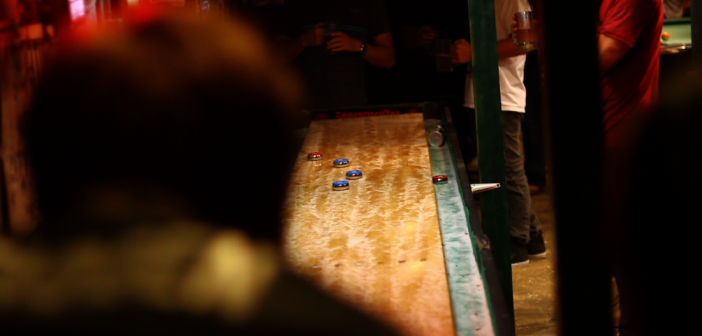
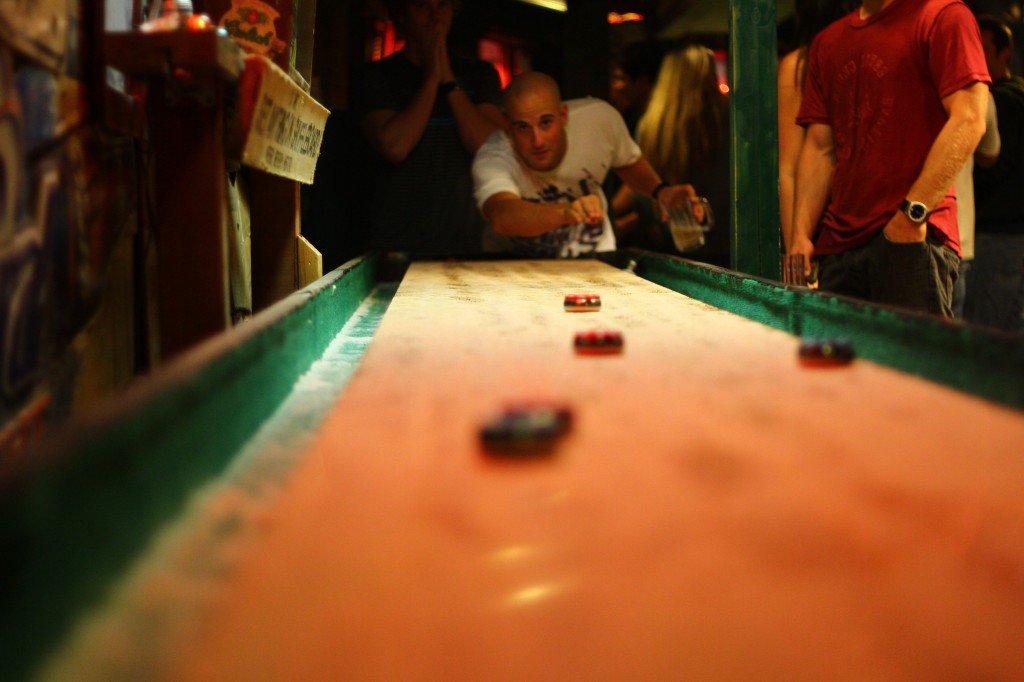
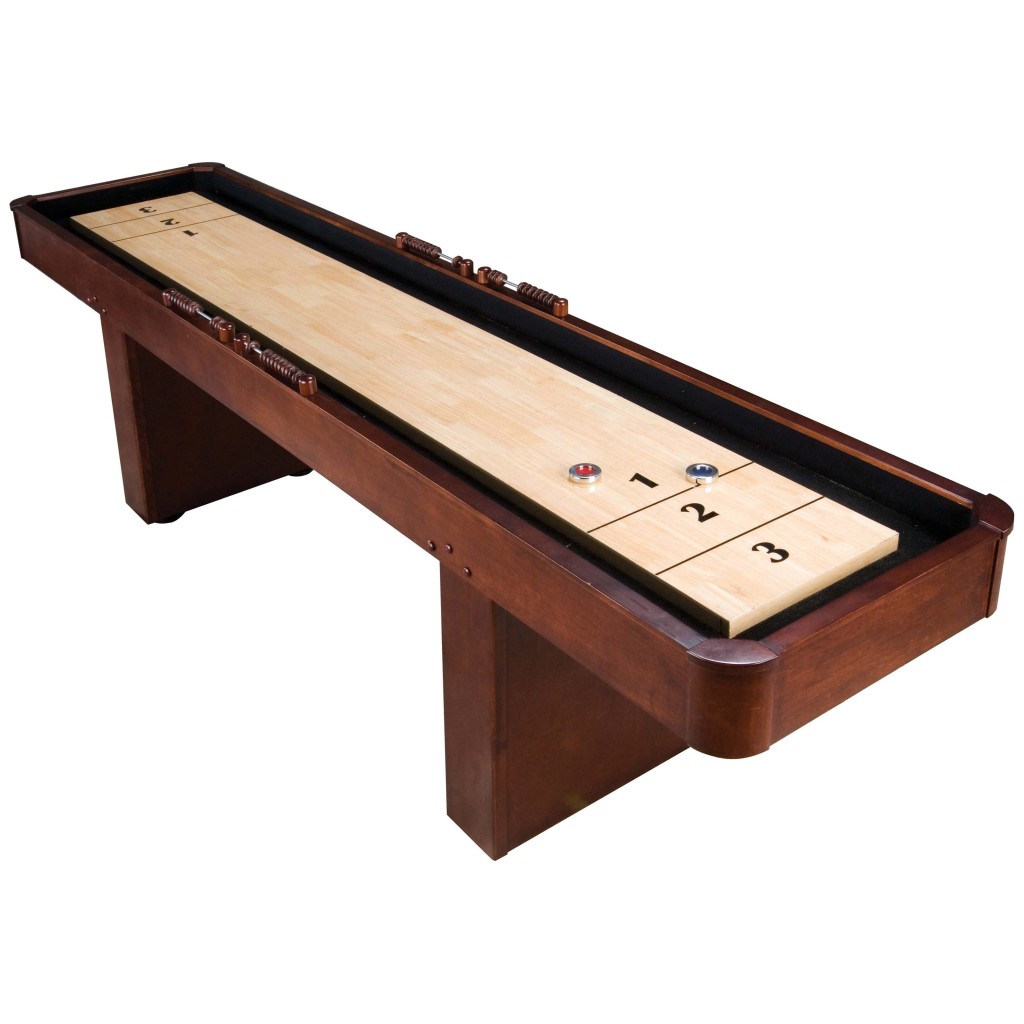
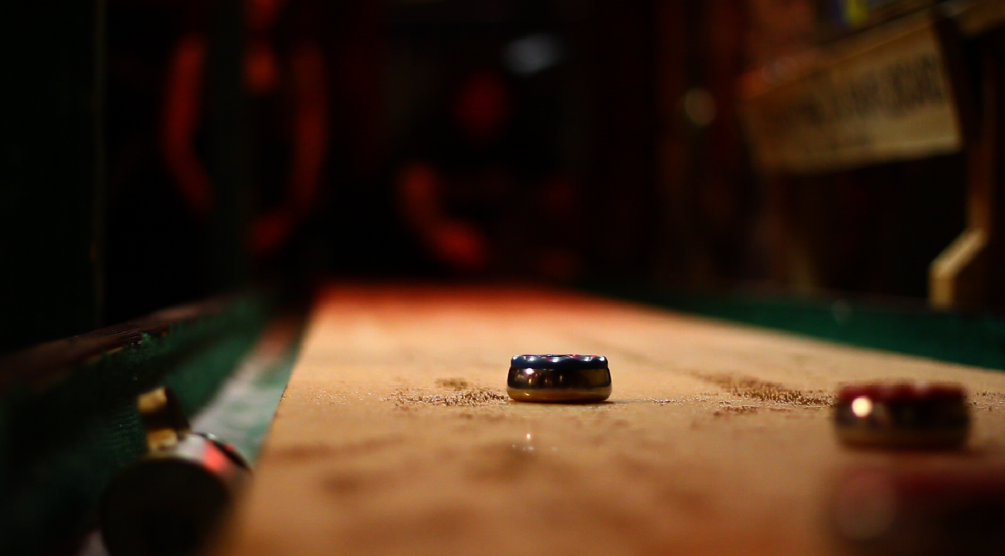
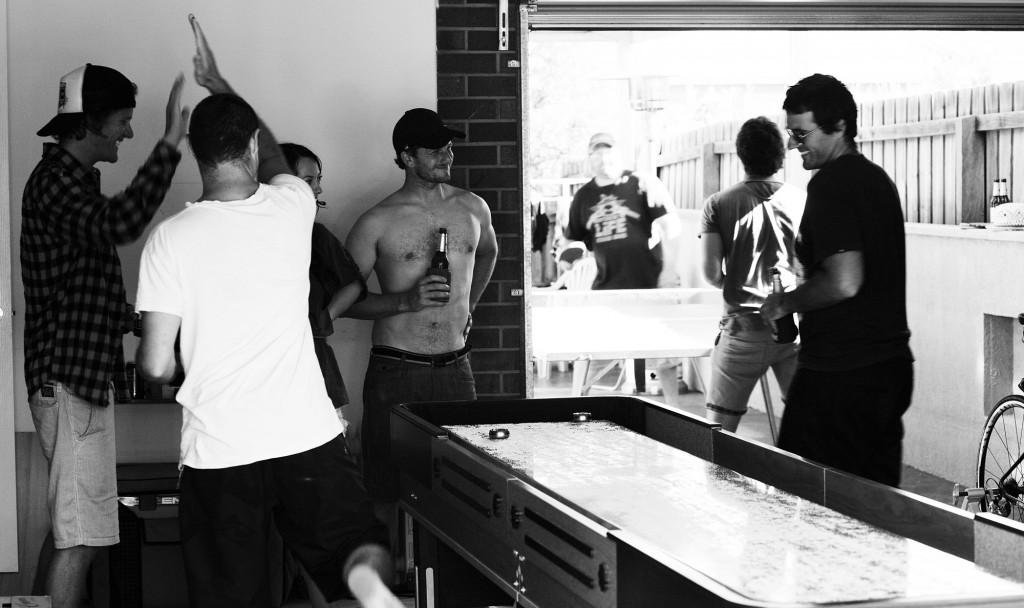
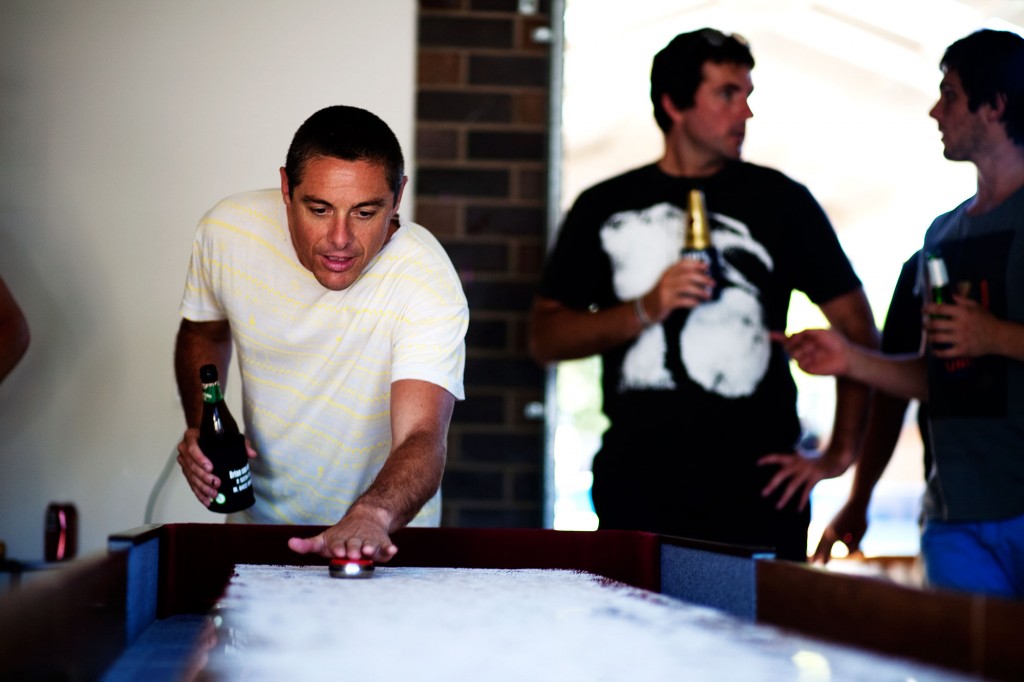


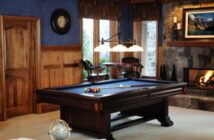
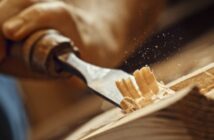
1 Comment
Pingback: ‘Cause it’s a bittersweet symphony, this life | jcatoday